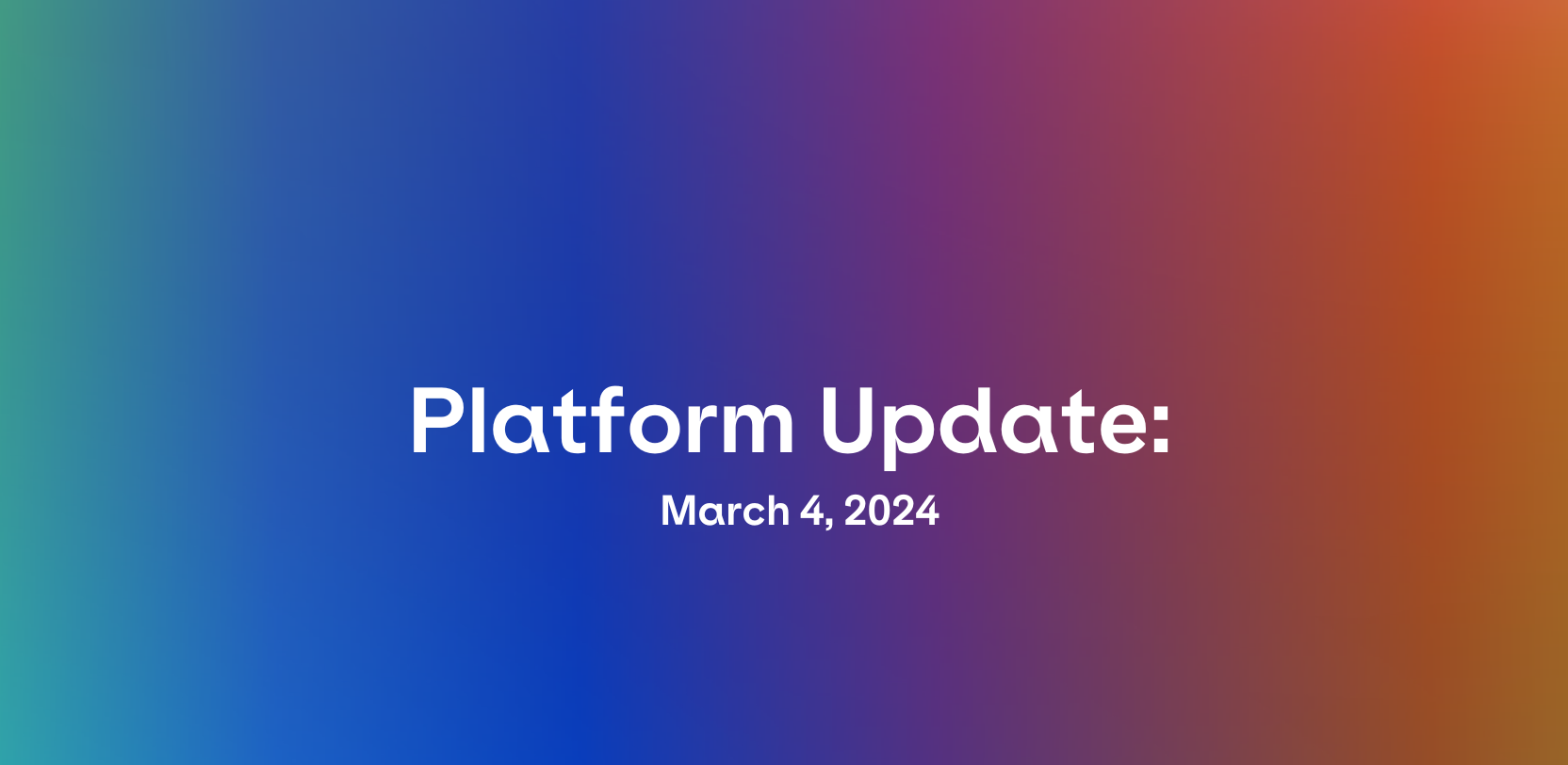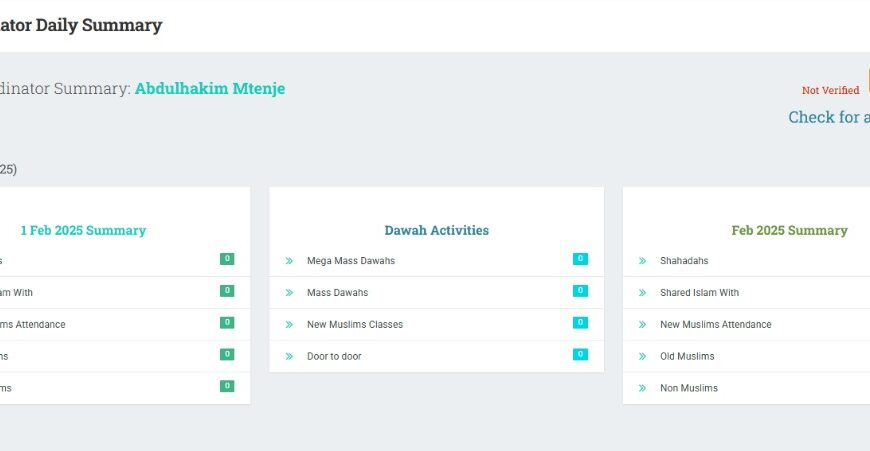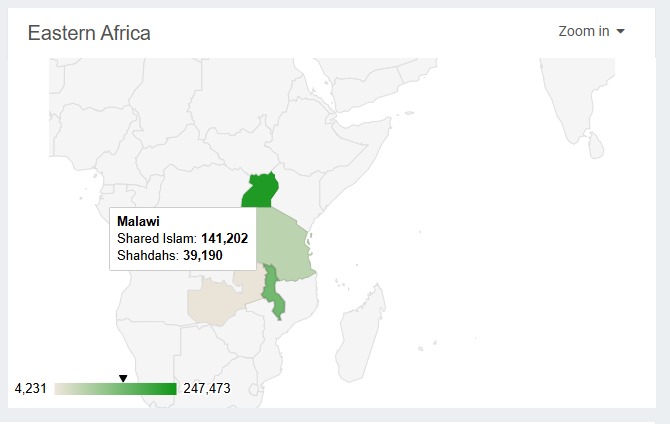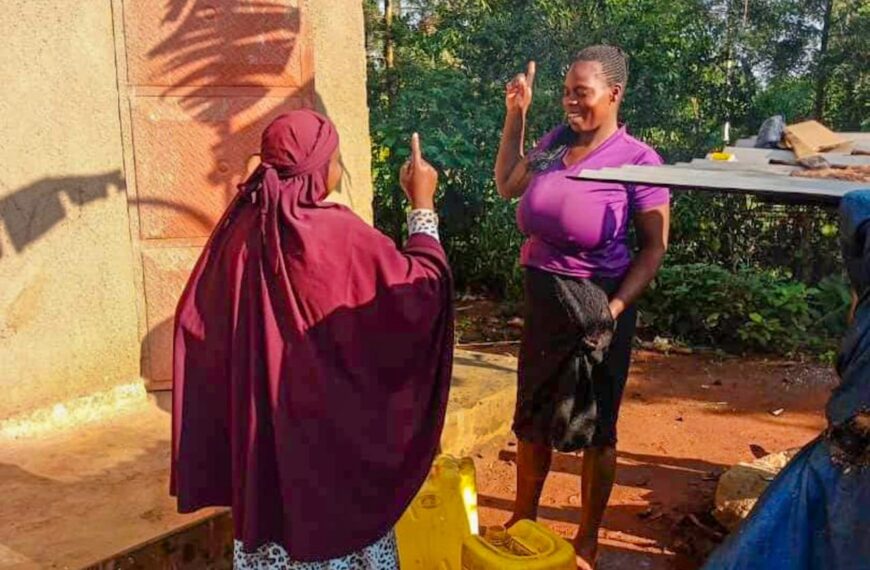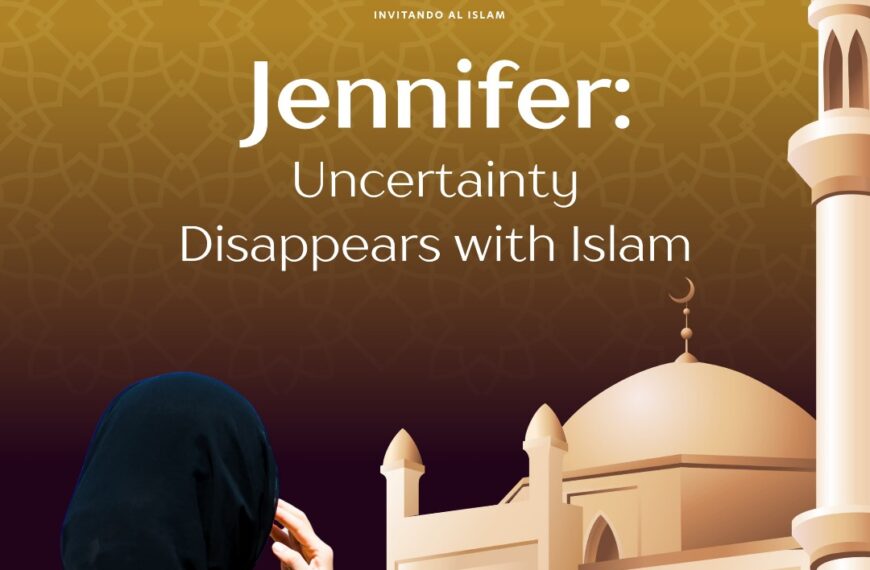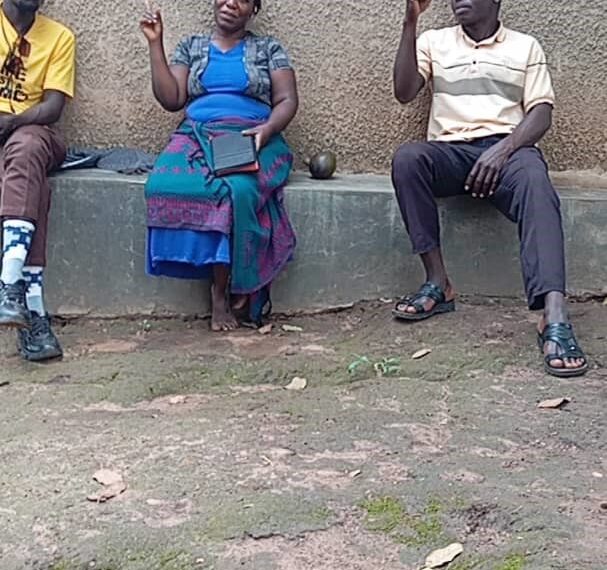Greetings, Outreach Champions! March has been a busy month for the iERA reporting system, brimming with exciting updates designed to further empower our Duat’s and streamline our workflows.
Let’s delve into the details:
1.Volunteer Contact Numbers Now Mandatory
Previously, the iERA reporting system offered the option for volunteers to provide a WhatsApp number during account creation. However, this information was not mandatory. Recognizing the importance of clear and consistent communication, we’ve implemented a key improvement.
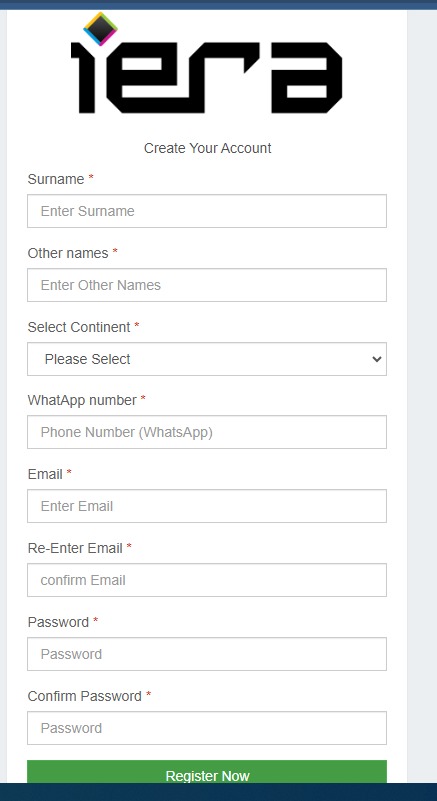
During the initial account creation process, volunteers are now required to provide a contact number. This ensures we have a reliable way to reach volunteers and fosters smoother communication between coordinators, volunteers, and the iERA system.
2. Streamlined Bulk New Muslim Profile Downloads.
Continental administrators previously faced challenges downloading PDFs containing large numbers of new Muslim profiles (often 12,000-15,000 per continent monthly). The conventional method caused system freezes due to exceeding its processing time. While extending this limit was an option, it wasn’t ideal.
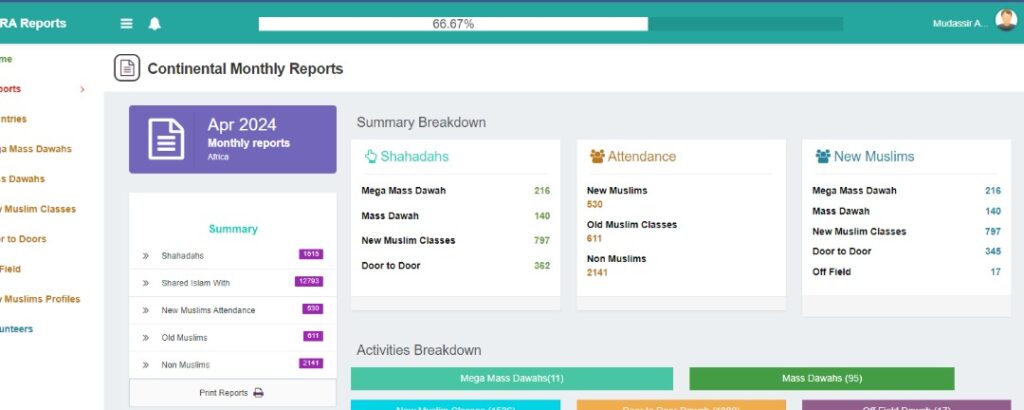
Introducing Background PDF Generation! – We’ve implemented a new solution to address this bottleneck:
- Background Processing: PDF generation now happens in the background, freeing you to continue working within the system.
- Progress Bar: A progress bar appears in the upper navigation bar, keeping you informed of the download’s progress.
- Download on Completion: Once complete, a pop-up modal will prompt you to download the finalized PDF containing all new Muslim profiles for the continent.
This improved approach eliminates system freezes and allows you to multitask while the download progresses – a win-win for efficiency!
3.Faster Class Attendance Marking for Coordinators
Marking attendance for new Muslim attendees used to be a time-consuming process. Each mark involved several background updates, slowing things down for coordinators, especially those in remote areas with limited internet.
Introducing Batch Attendance Processing! -To address this challenge, we’ve implemented a new approach:
- Temporary Storage: When a coordinator marks attendance, the system temporarily stores all related updates (new Muslim attendance records, class updates, coordinator information) separately.
- Batch Processing: Once the coordinator finishes marking attendance, the system processes and applies all the stored updates in one go. This eliminates the need for individual updates after each mark, significantly reducing processing time.
This streamlined approach has been met with overwhelmingly positive feedback from coordinators, who appreciate the improved efficiency and responsiveness of the attendance marking system.
4. Conditional Deletion for Coordinators and Outreach Specialists
Maintaining accurate data is crucial. In the past, we opted for caution and didn’t allow coordinators or Outreach Specialists (OS) to delete their own entries. This prevented accidental deletion of important information.
Introducing Conditional Deletion– We understand that occasional errors occur. To address this, we’ve implemented a new, controlled deletion option.

- Coordinators: Deletion is now an option for coordinators who were added to the system without any associated teams or records. If a coordinator profile lacks any relevant data, you can now remove it. However, deletion remains restricted for coordinators with active teams or records to prevent data loss.
- Outreach Specialists: Similar to coordinators, OS profiles with no linked activities (new Muslim classes, dawah events) can now be deleted. Conversely, if an OS is associated with any outreach activities, deletion is restricted to maintain data integrity and ensure a complete record of their contributions.
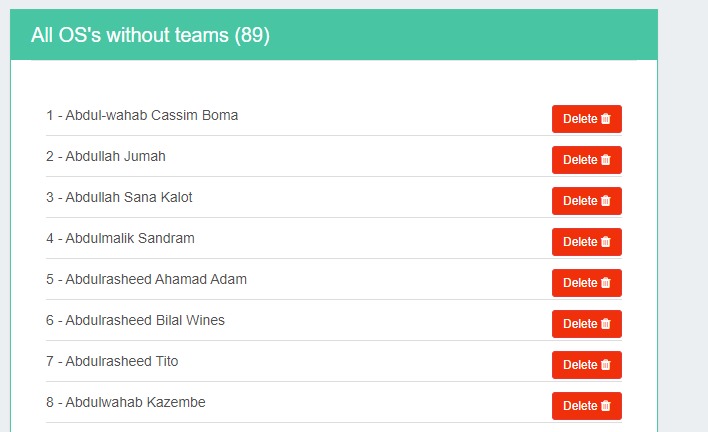
This conditional deletion functionality allows for better data hygiene within the system while safeguarding crucial information.
5.Shahadahs calculation revised
Originally, the summary of Shahadas for various entities such as countries, districts, villages, regions, and others was determined by examining the activities within these entities and aggregating the recorded Shahadas from those activities. These activities encompassed events like new Muslim classes, mass dawahs, door-to-door dawahs, and mega mass dawahs. However, with the recent change in the system’s approach to recording Shahadas—where each Shahada is now associated with its respective new Muslim profile—it became evident that a more efficient method of calculating Shahadas was needed.
The new approach involves simply tallying the number of new Muslim profiles from each entity. This not only ensures more accurate summaries but also enhances system performance by reducing the number of database queries required at any given time.
6.iERA Reporting System Technical Documentation
This March, we created an in-depth technical documentation for the iERA reporting system. This documentation plays a vital role in ensuring a seamless integration between the existing platform and the upcoming mobile application.
What’s Included? – The comprehensive documentation covers a wide range of topics, providing a thorough understanding of the iERA system:
- Introduction: This section delves into the system’s purpose, objectives, and overall functionalities. It also offers an overview of account management and the underlying technologies that power the platform.
- Technological Deep Dive: Moving beyond the surface, the documentation dives deeper into the specific technologies employed. You’ll find explanations of routing, controllers, models, and the database structure. Each crucial database table and its corresponding columns are explained, along with their purposes within the system.
- API Integration Guide: To facilitate the mobile application’s development, the documentation concludes with a thorough examination of third-party APIs utilized by the iERA system. Additionally, it details APIs released to other platforms, providing a comprehensive overview of the system’s architecture and integration points.
Benefits of the Documentation – This comprehensive technical documentation empowers developers working on the mobile application with a clear understanding of the iERA system’s functionalities and APIs. This ensures:
- Streamlined Development: By providing a detailed blueprint of the system, the documentation facilitates a smoother and more efficient mobile app development process.
- Seamless Integration: Clear explanations of APIs and integration points guarantee a seamless connection between the mobile application and the existing iERA reporting system.
- Enhanced Functionality: A thorough understanding of the system’s architecture allows developers to create a mobile app that complements and enhances the existing functionalities of the iERA platform.
The delivery of this technical documentation marks a significant milestone in the development of the iERA mobile application. Stay tuned for further updates as we bring you closer to a more accessible and mobile-friendly reporting experience!
April in Focus: Upcoming Enhancements for the iERA Reporting System.
In the forthcoming month, we have a number of activities to be carried out, these can be summarized in the points below:
- Class food photos upload
- NMSO shahadas and office of shahadas to be reported
- work on verification before submission
- Monthly coordinators and District to heads comments
- Categorizing pledges and payments as Zakaat or simple Sadaqah in the donor tracking system.
- Adding the closest contact to Donors or stakeholders in the donor tracking system
- Adding initiatives towards which the donors can donate (donor tracking system)
- Creating expenses in donor tracking systems
- Extending the layout of messages by including contacts when sending monthly reports to donors
iERA development team is committed to continuously improving the reporting system and providing our duat’s with the tools they need to effectively manage their outreach efforts.
Stay tuned for further updates in April! 😊😊⭐

